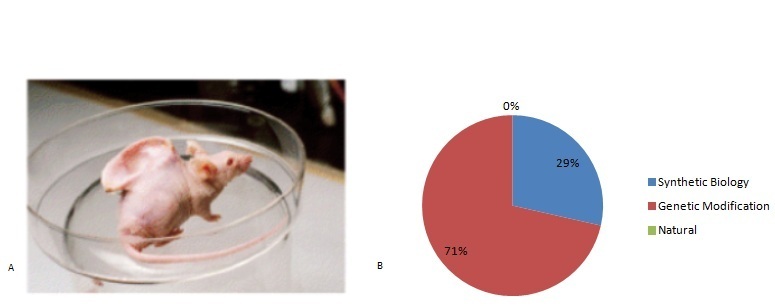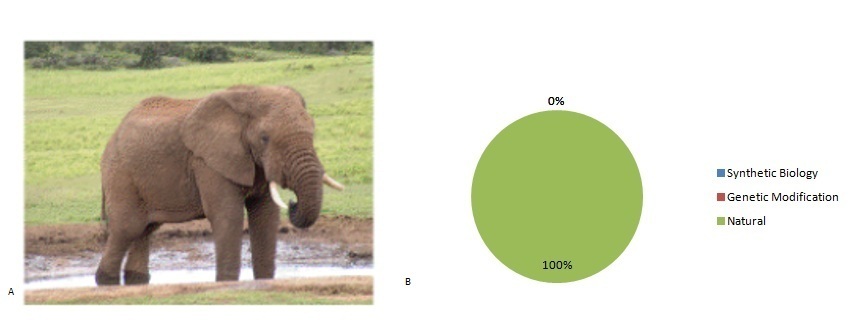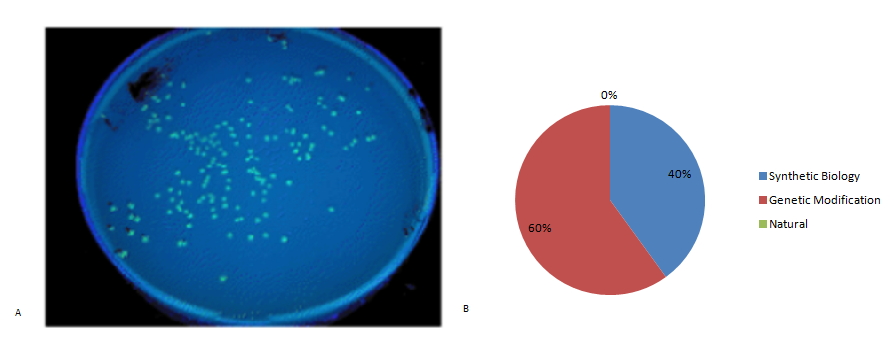Team:UEA-JIC Norwich/Human practices/Interviews
From 2011.igem.org
(Difference between revisions)
| Line 6: | Line 6: | ||
| | | | ||
![[File:Wiki beagle.jpg]] | ![[File:Wiki beagle.jpg]] | ||
| - | Fig 1. Beagle Image | + | Fig 1. Beagle Image |
|- | |- | ||
| | | | ||
![[File:Wiki mouse.jpg]] | ![[File:Wiki mouse.jpg]] | ||
| - | Fig 2 | + | Fig 2. Dr Vacanti's appendage donor mouse |
|- | |- | ||
| | | | ||
| Line 103: | Line 103: | ||
<br> | <br> | ||
In order to collect quantitative data, we showed participants the following images during an interview and asks them to determine whether they perceived the image as being under synthetic biology, genetic modification, natural, or a combination of both. | In order to collect quantitative data, we showed participants the following images during an interview and asks them to determine whether they perceived the image as being under synthetic biology, genetic modification, natural, or a combination of both. | ||
| + | <br> | ||
| + | <br> | ||
| + | Figure 1 shows a Beagle dog, which 86% of the people we interviewed perceived to be natural. However, 14% concluded it may also be genetically modified in terms of selective breeding, although does not involve the introduction of genes from a different species, selective breeding can be seen as control over particular genetic traits. | ||
| + | <br> | ||
| + | <br> | ||
| + | |||
</center> | </center> | ||
Revision as of 13:37, 19 September 2011
UNIVERSITY OF EAST ANGLIA-JOHN INNES CENTRE
 "
"









